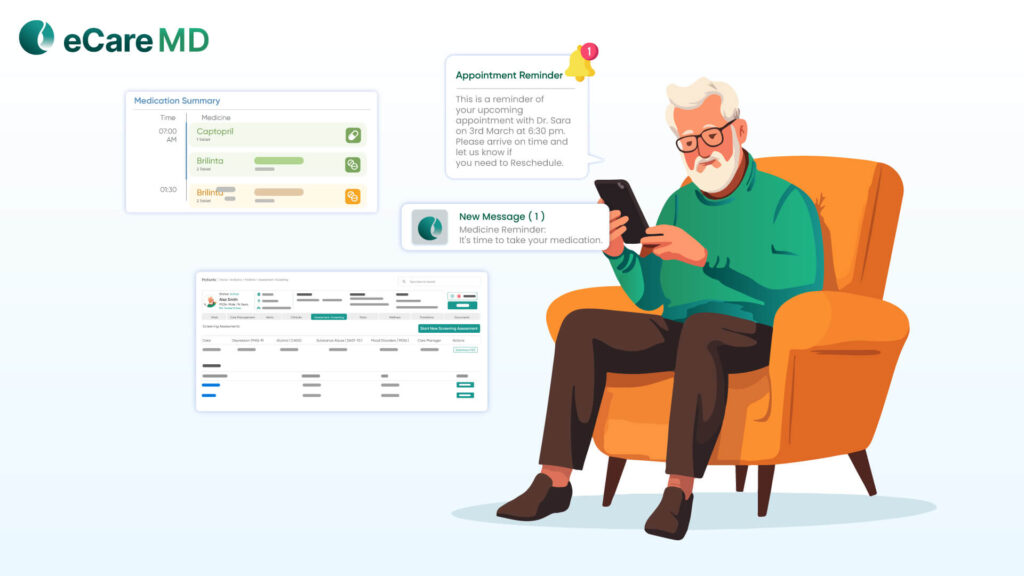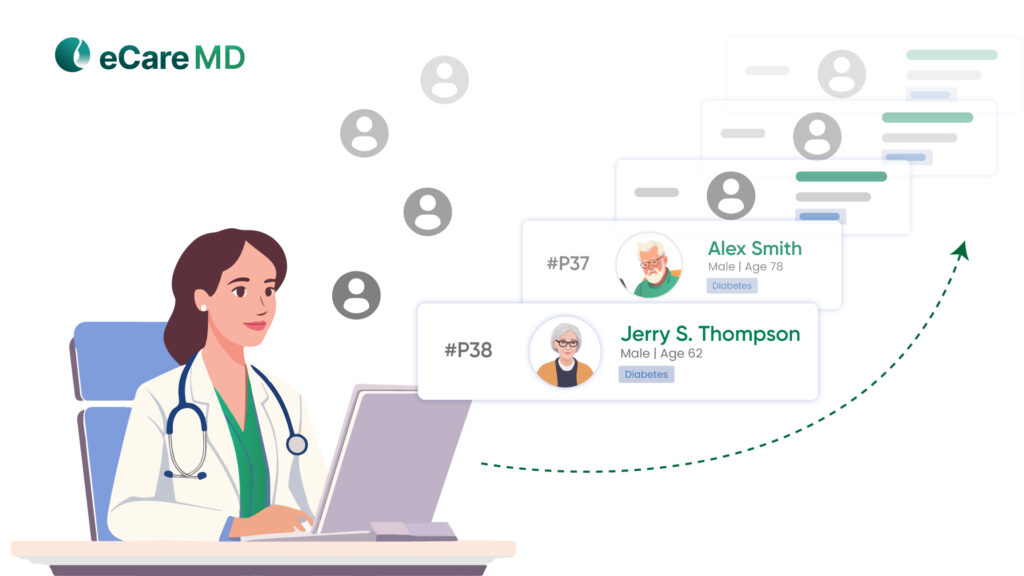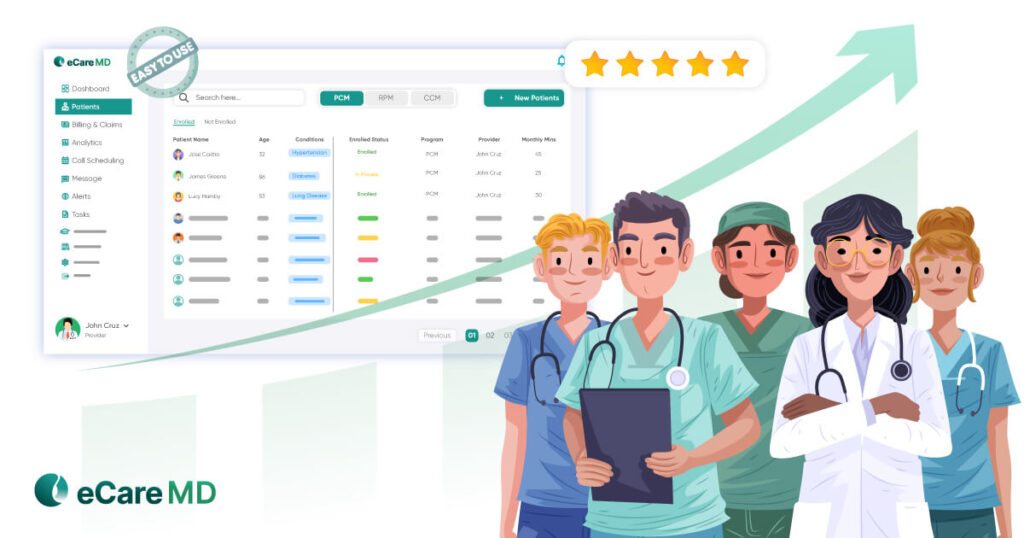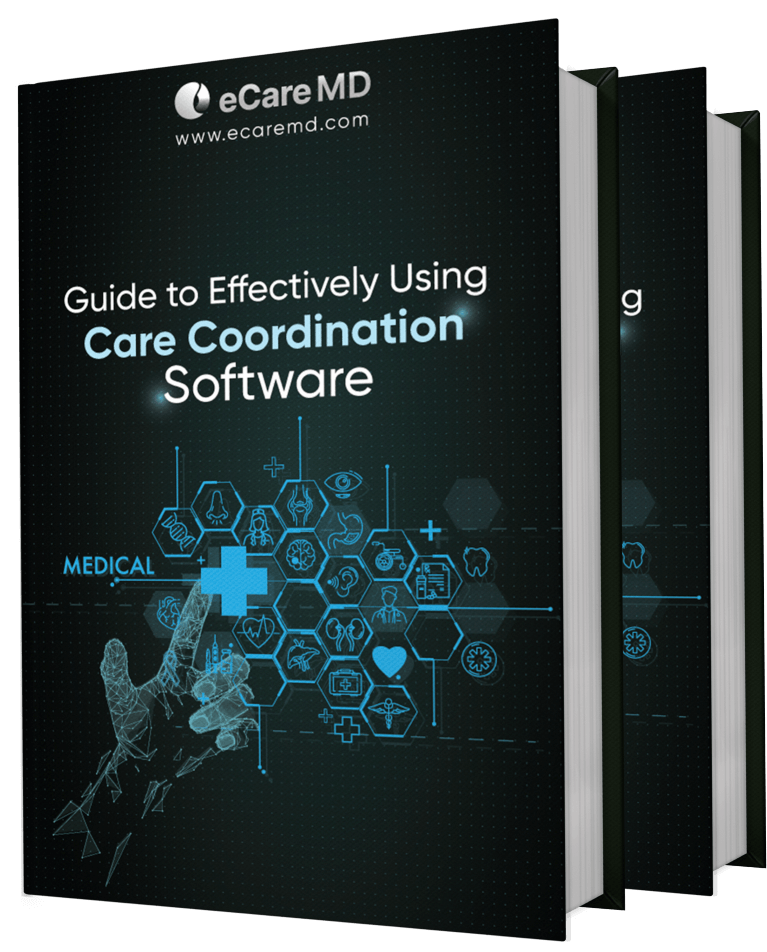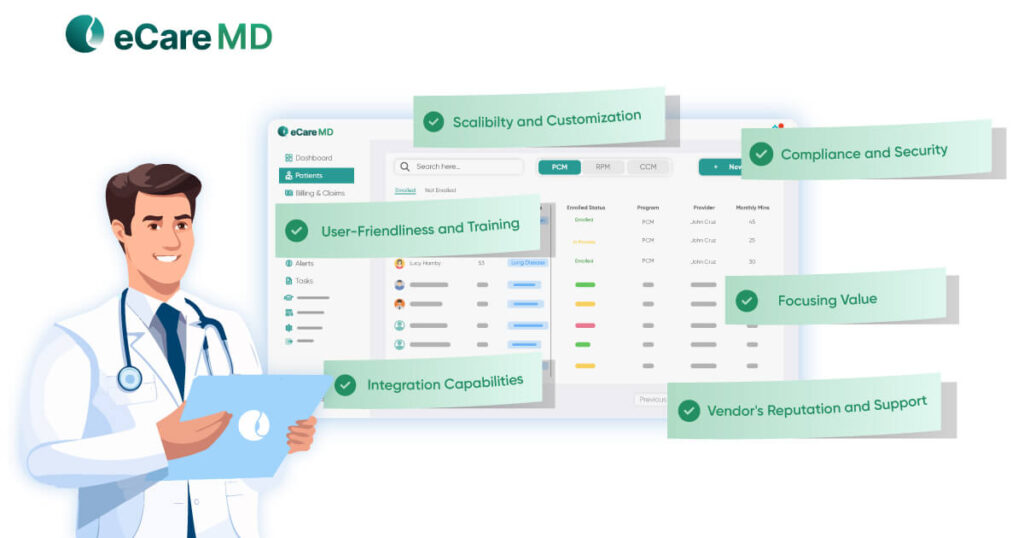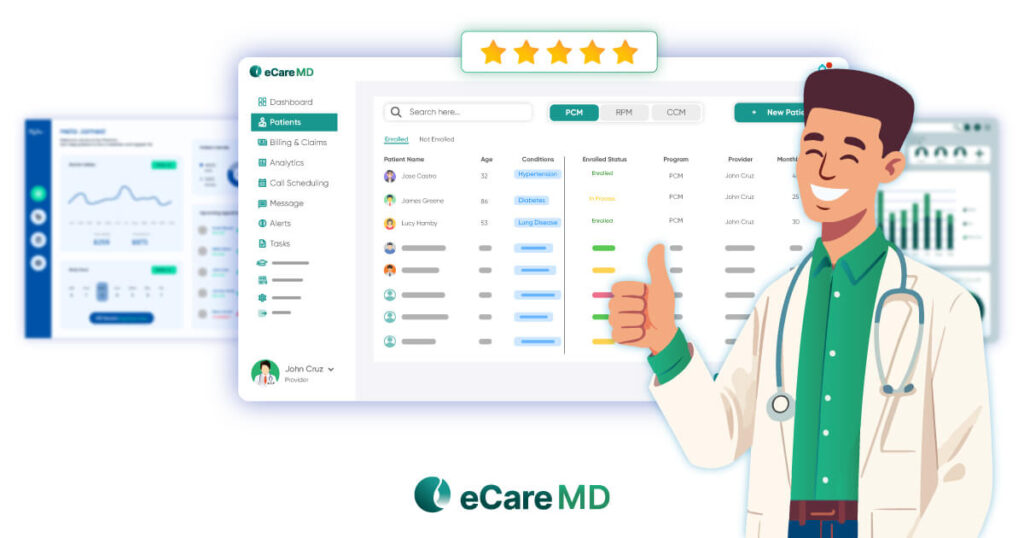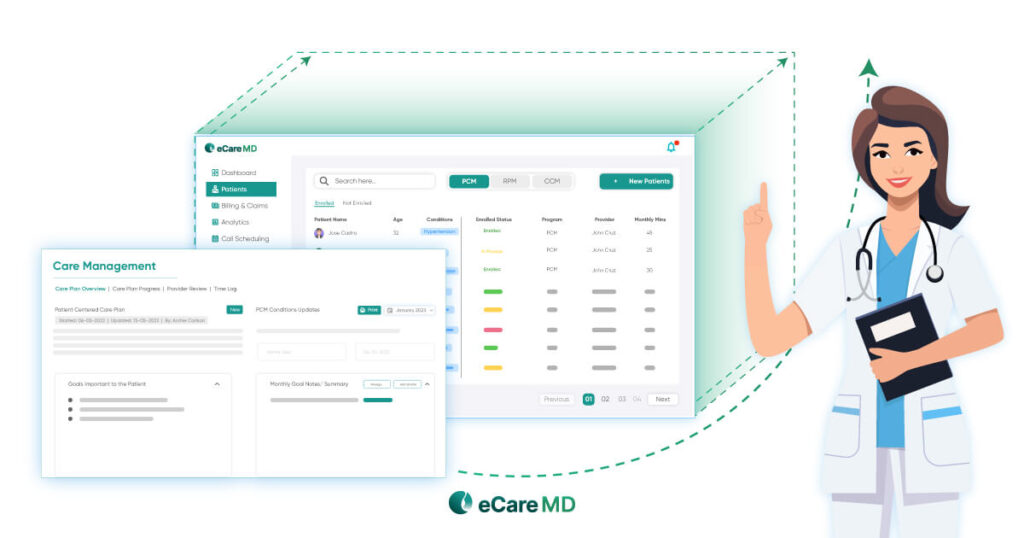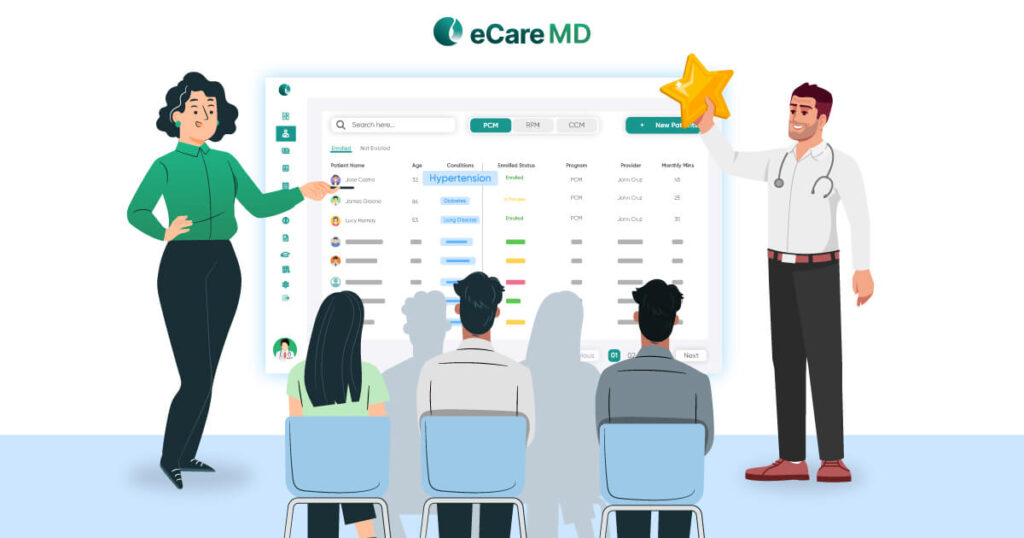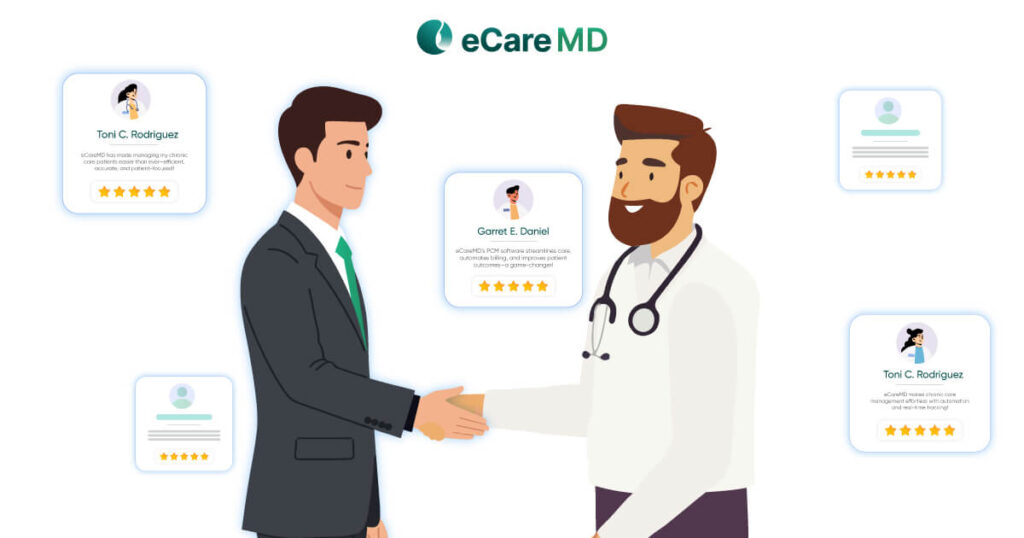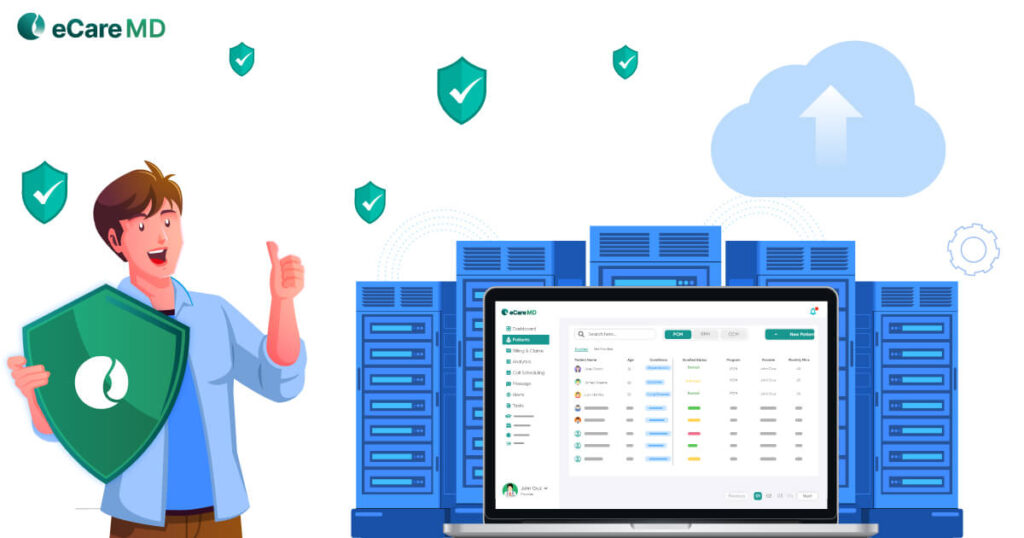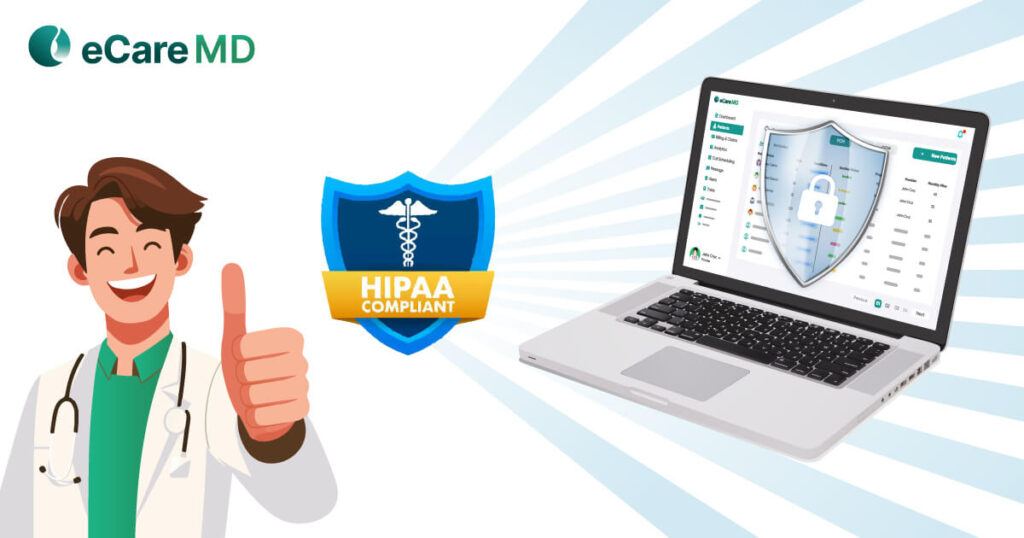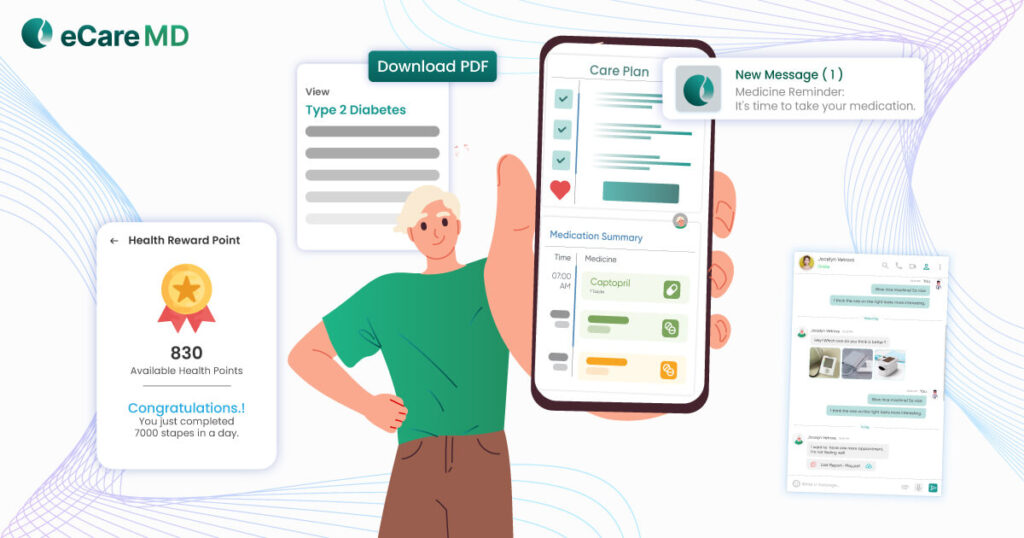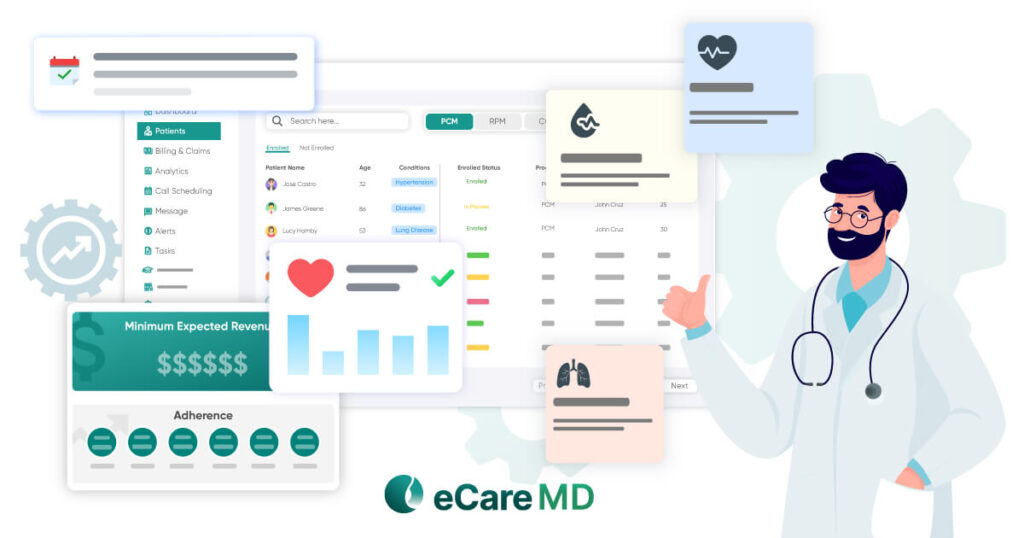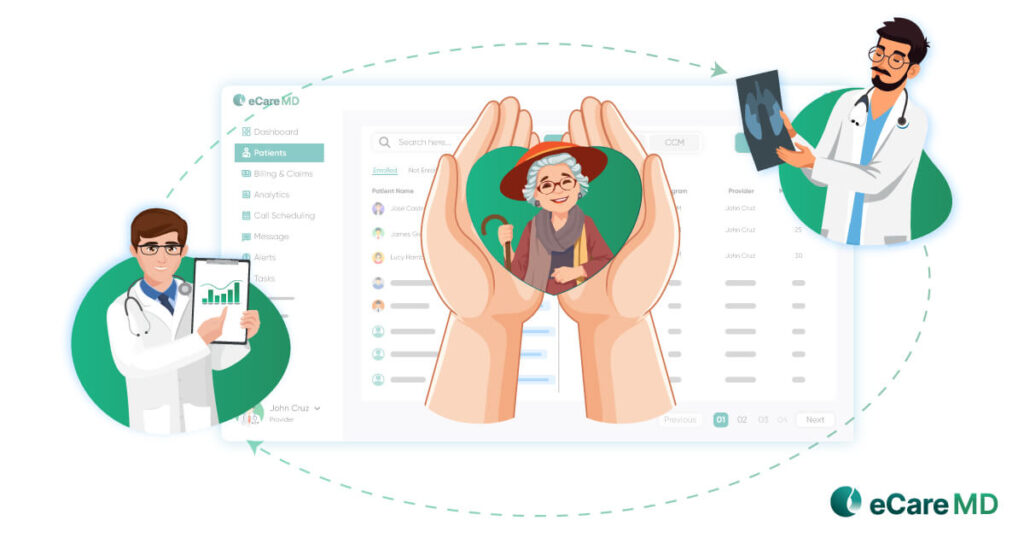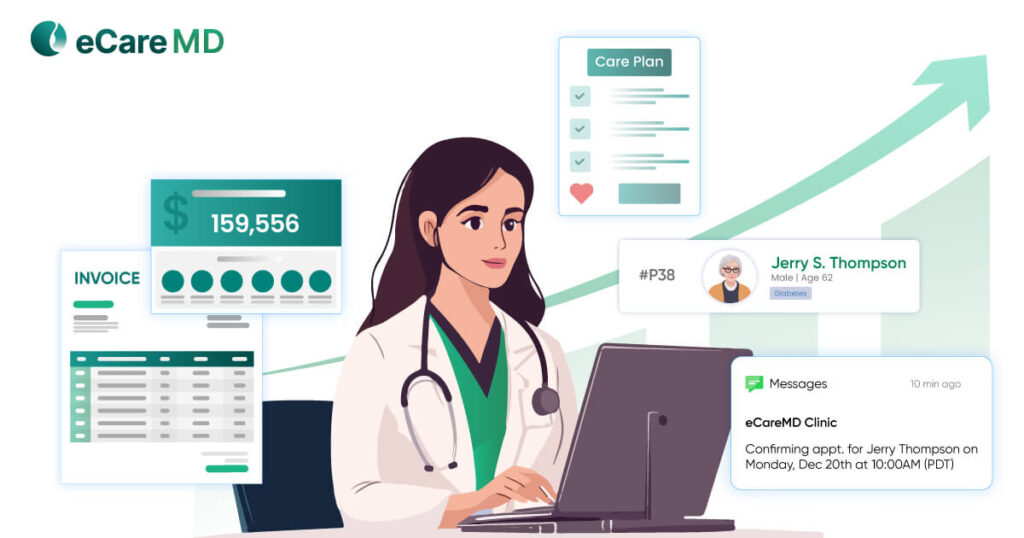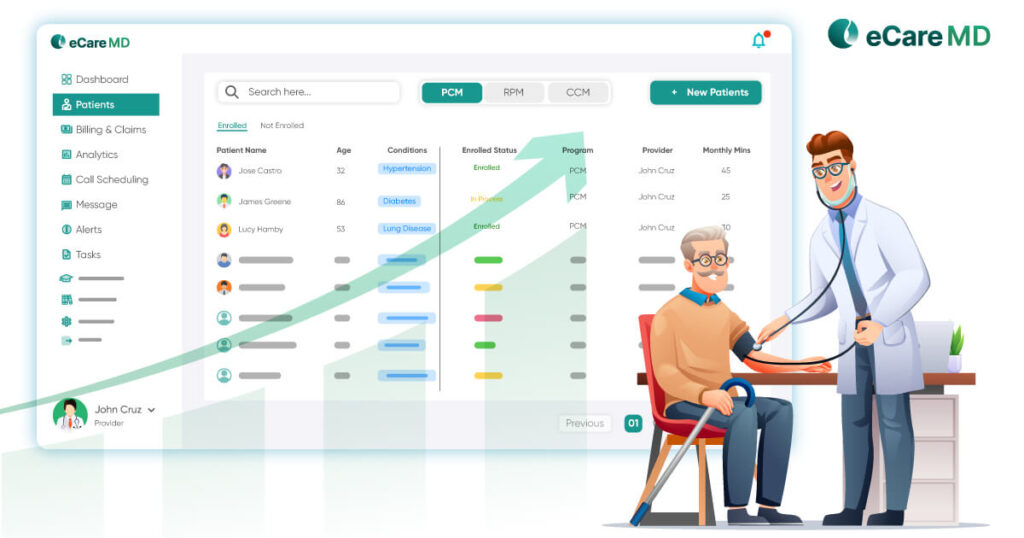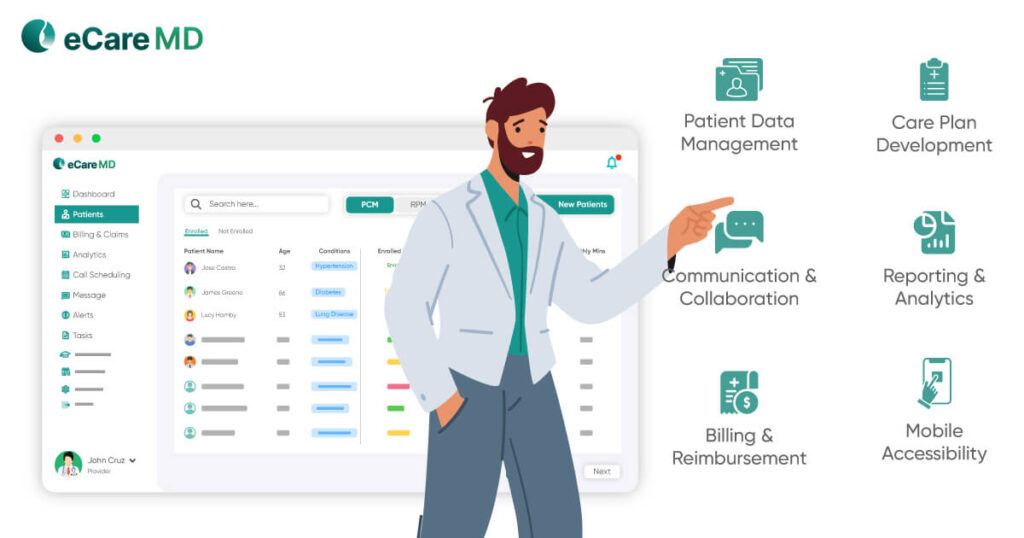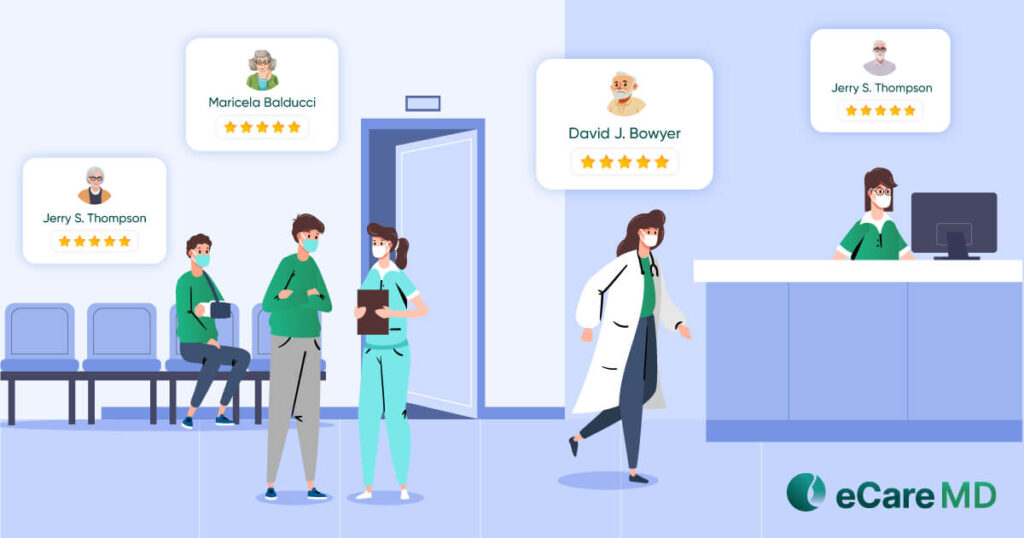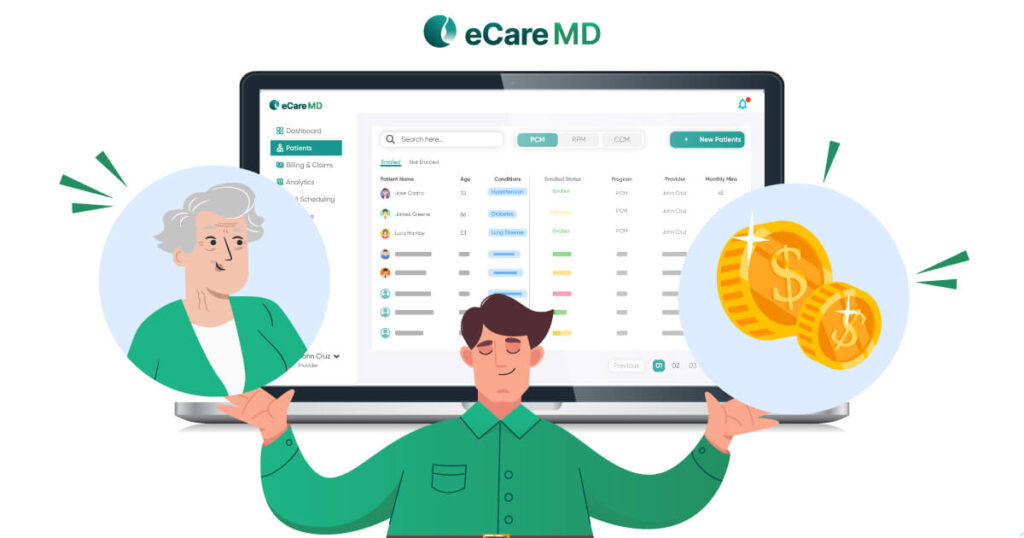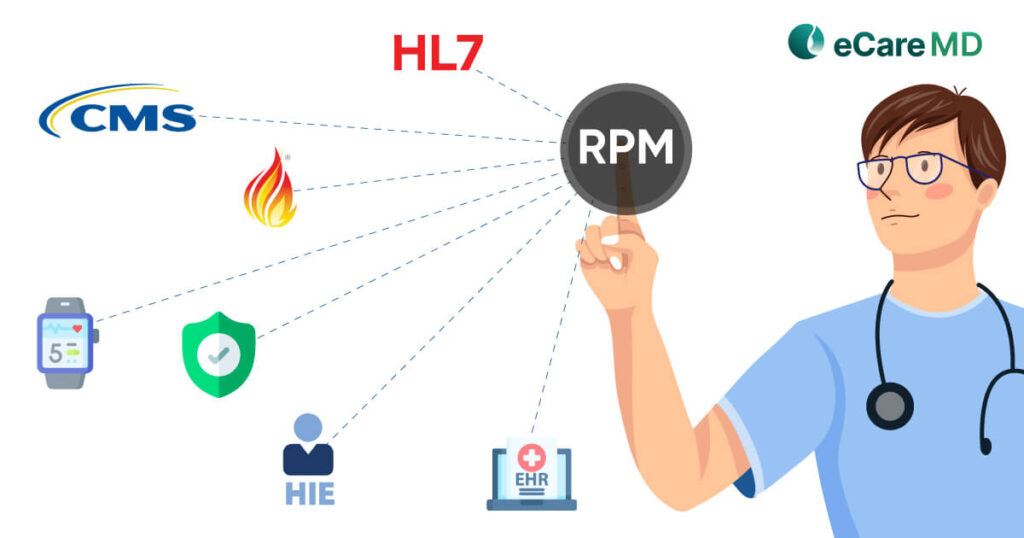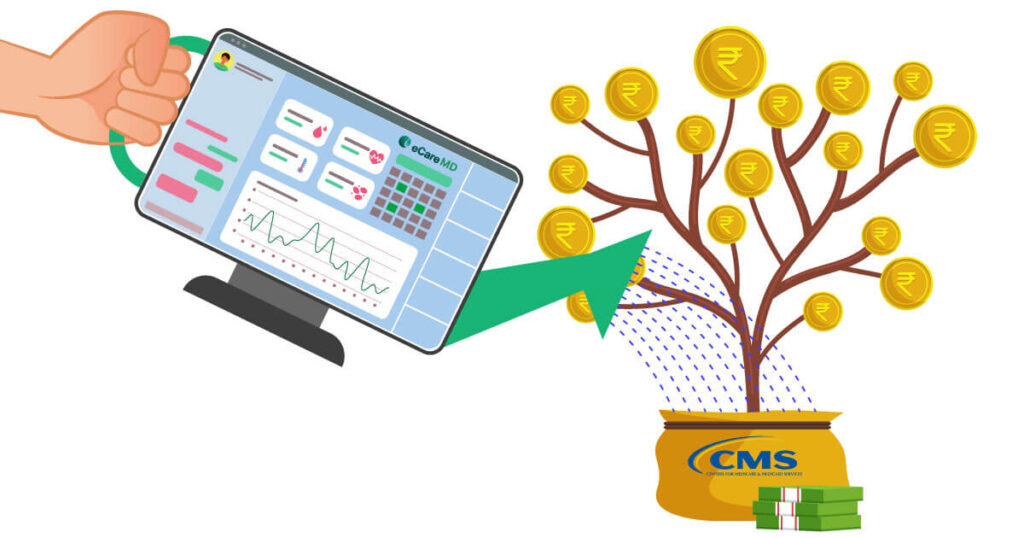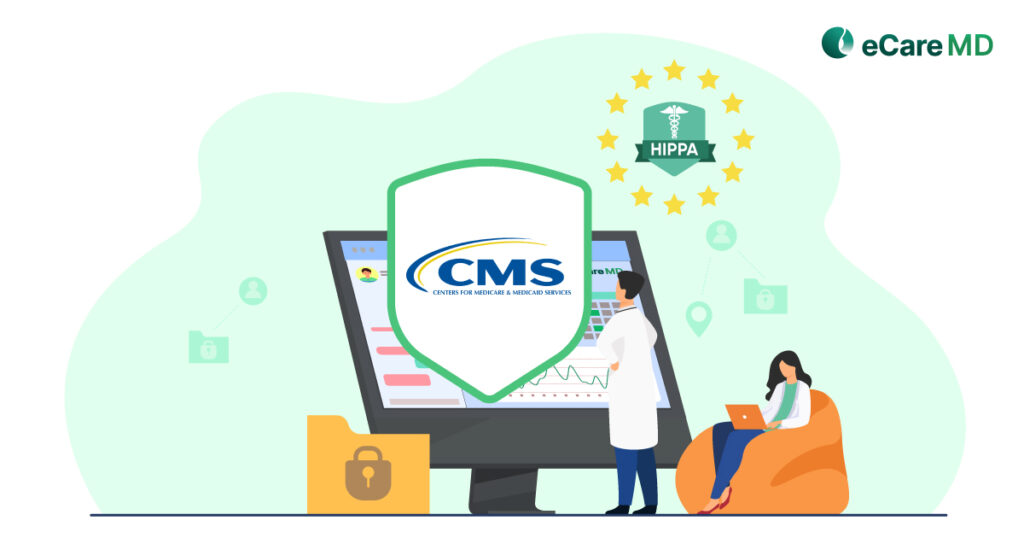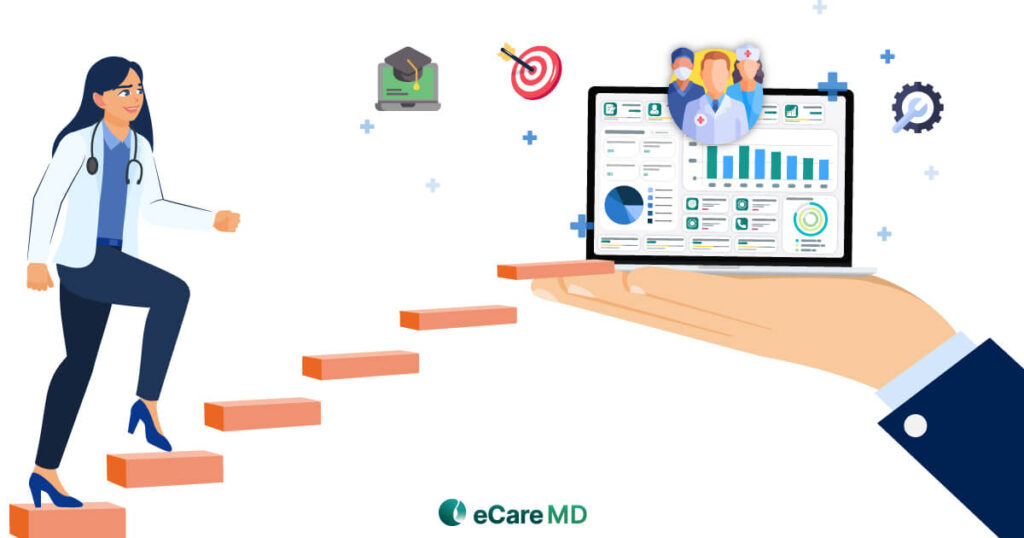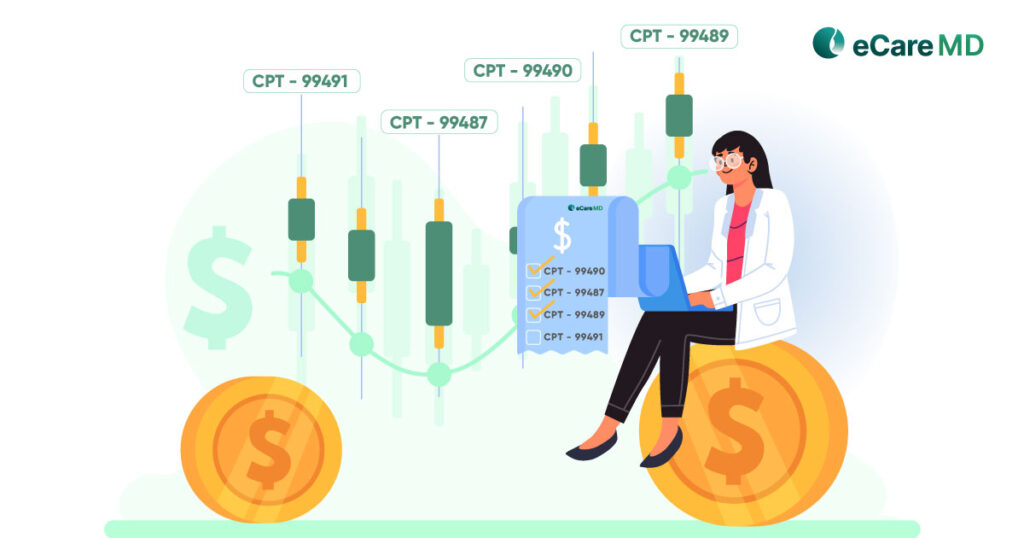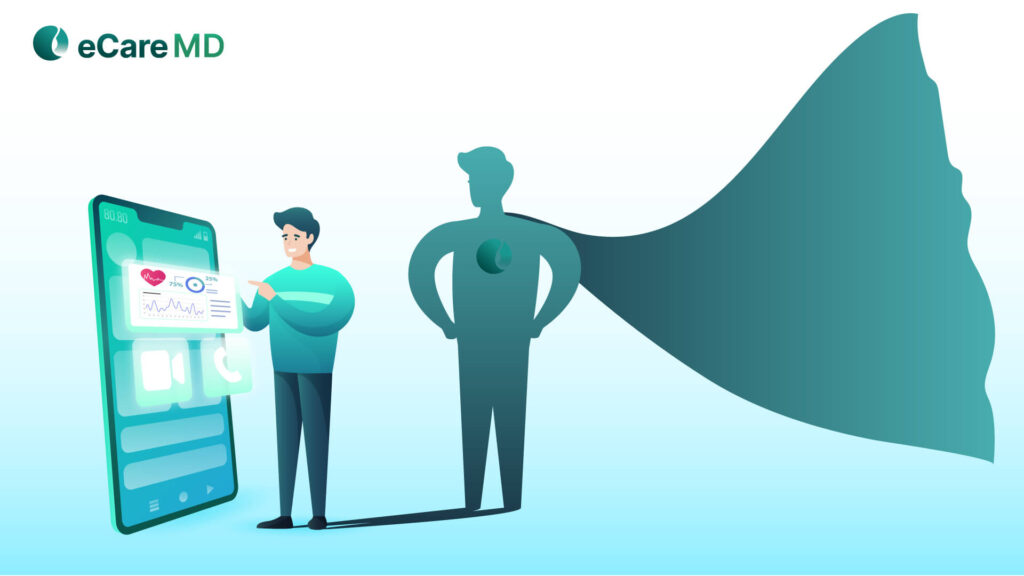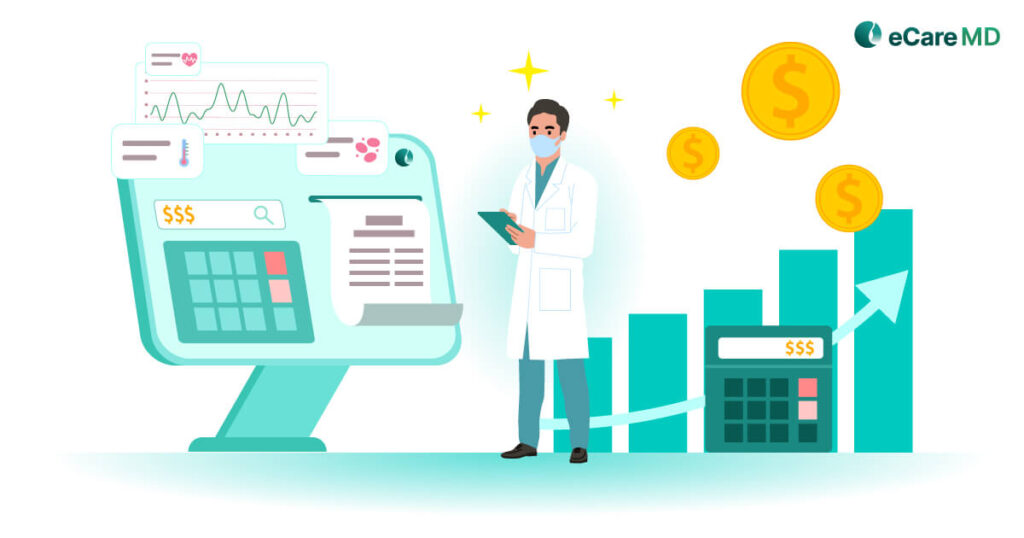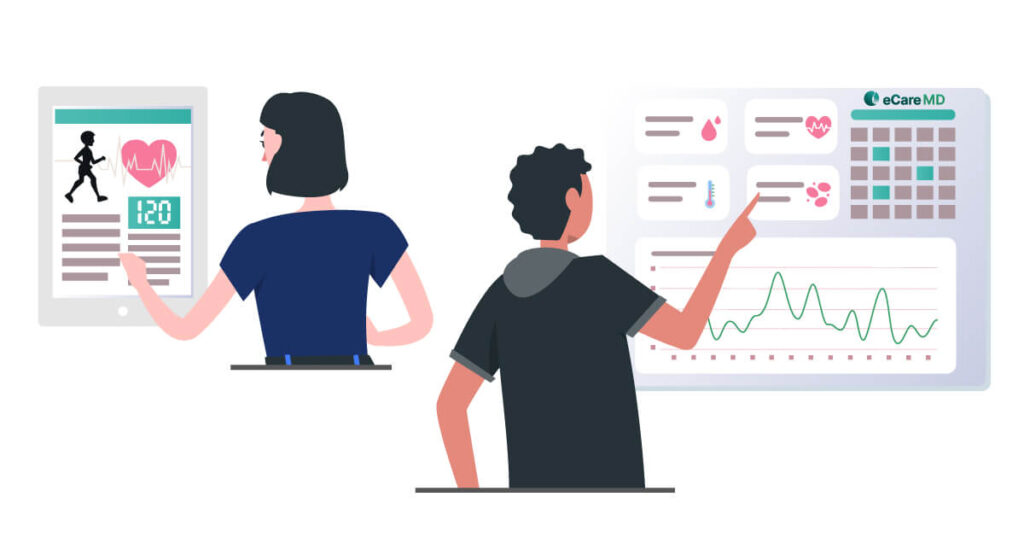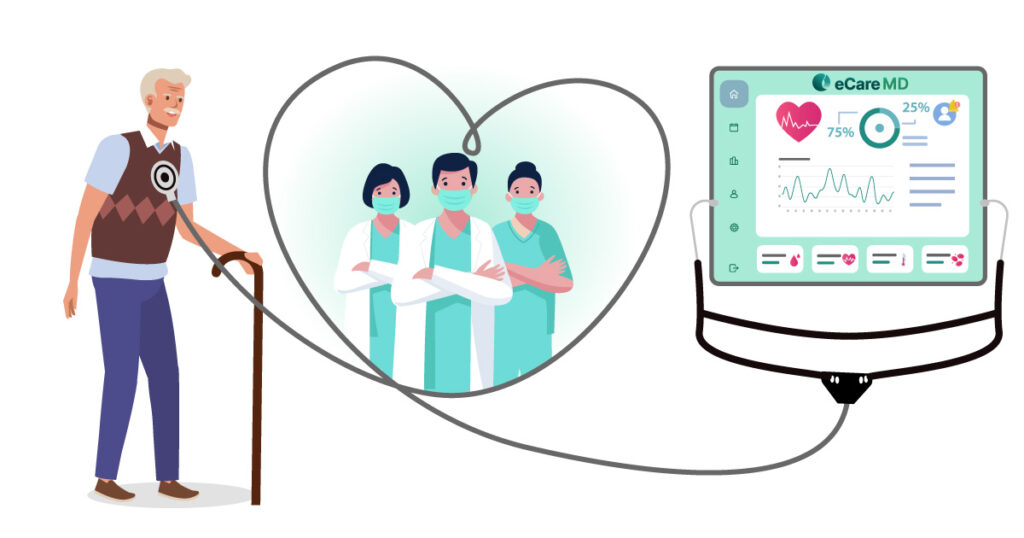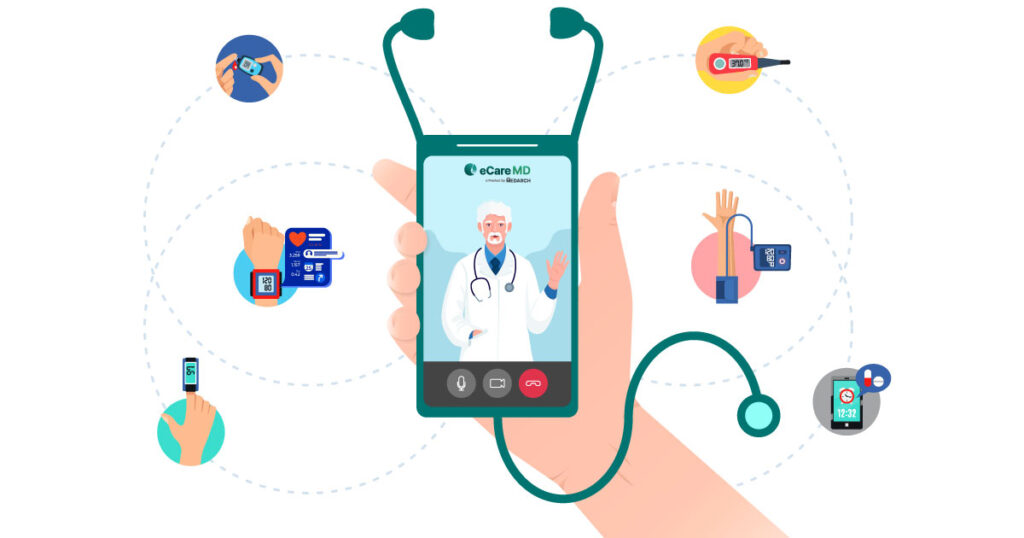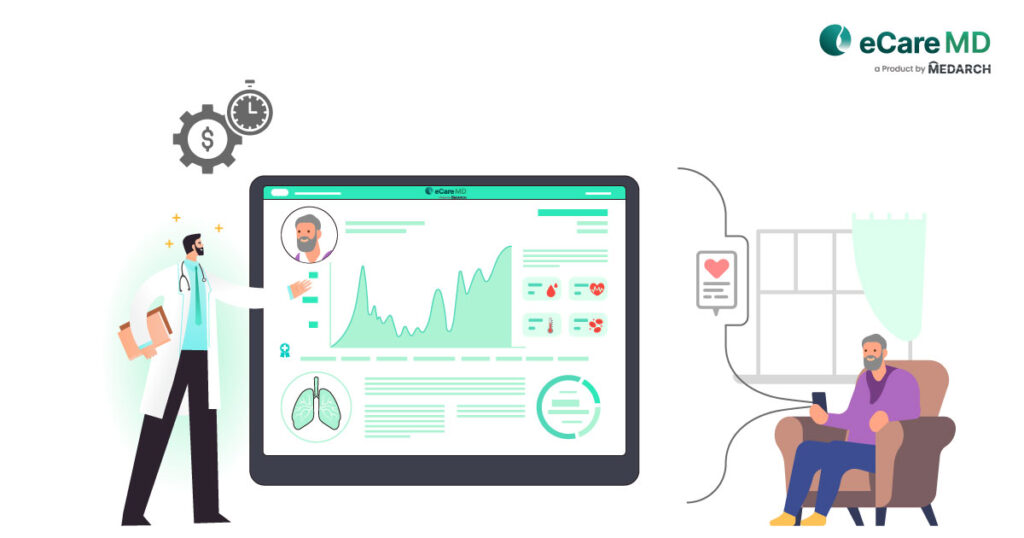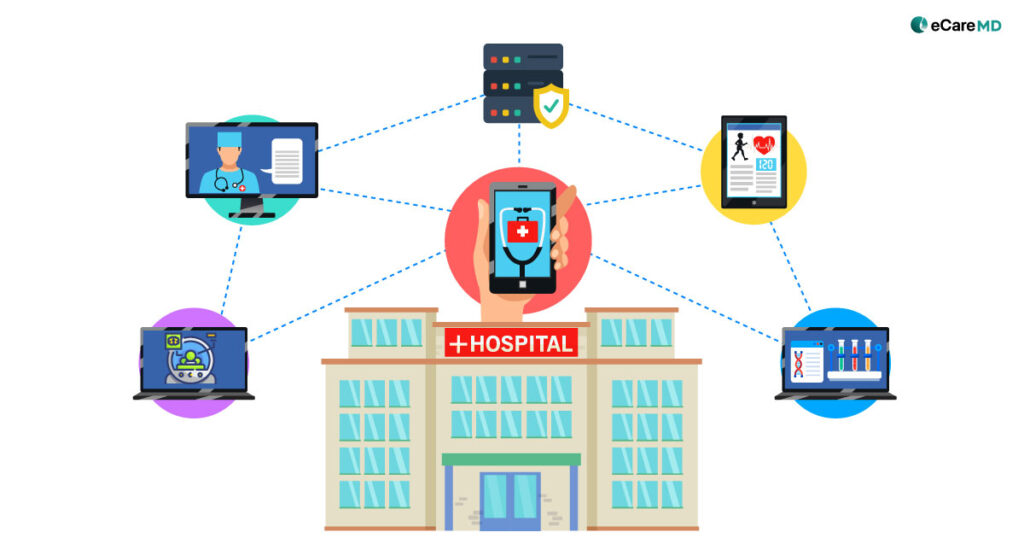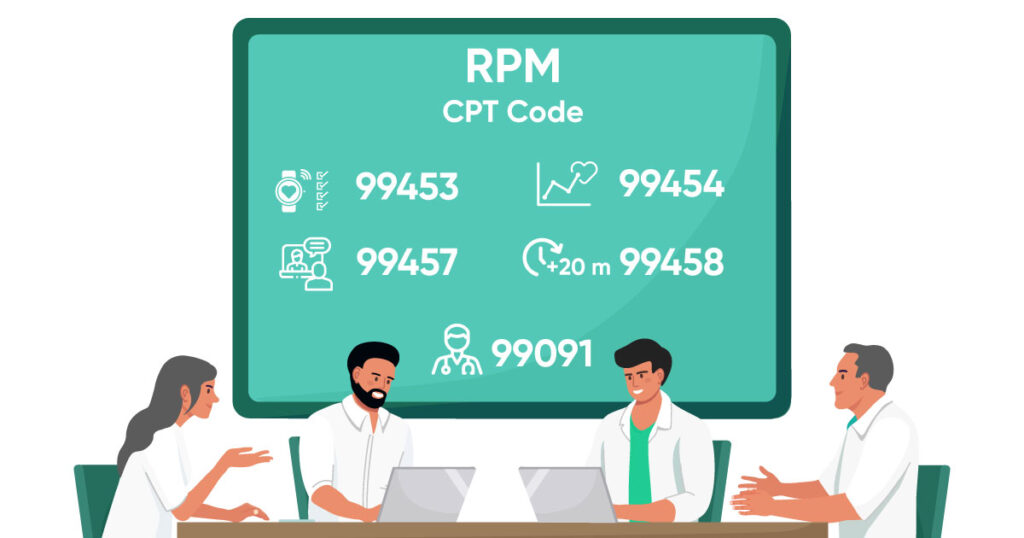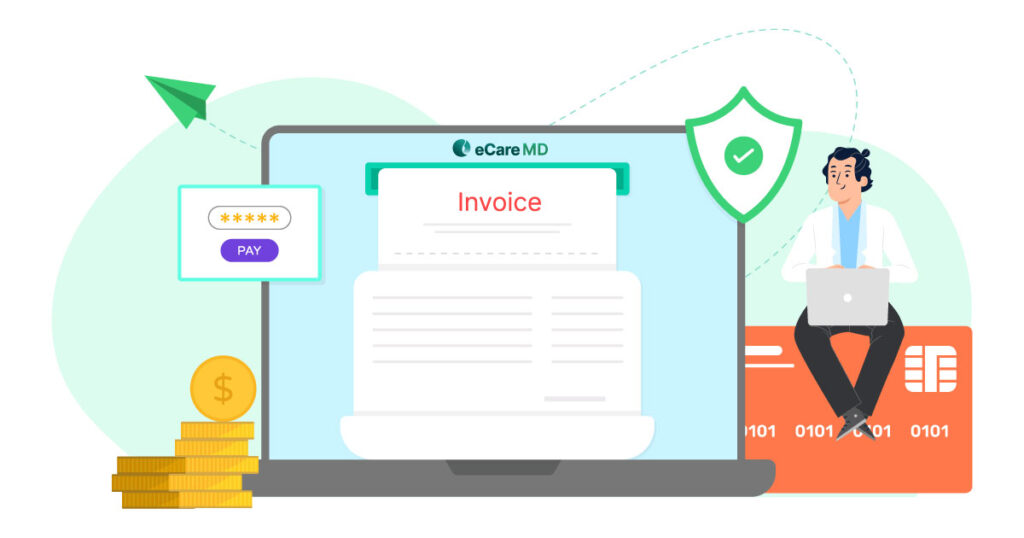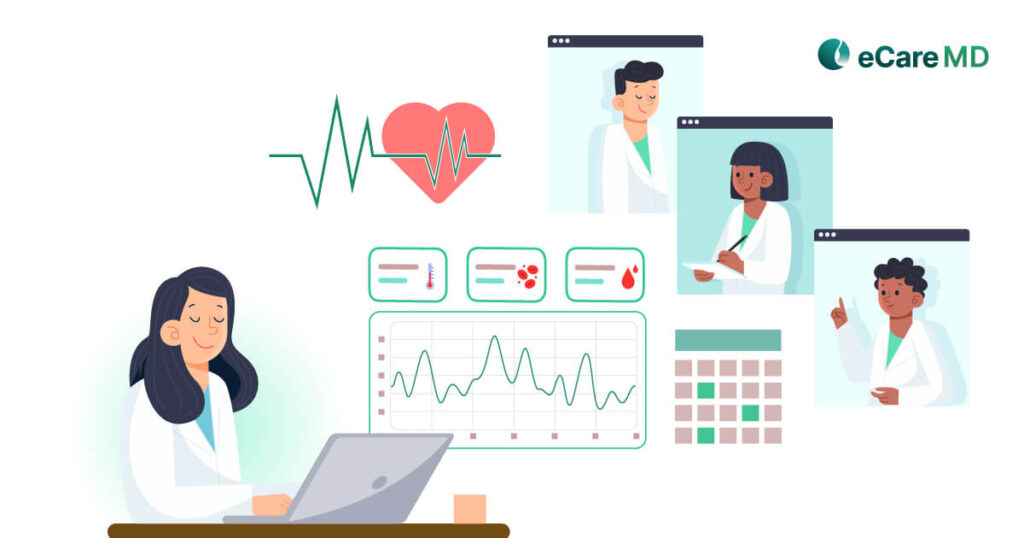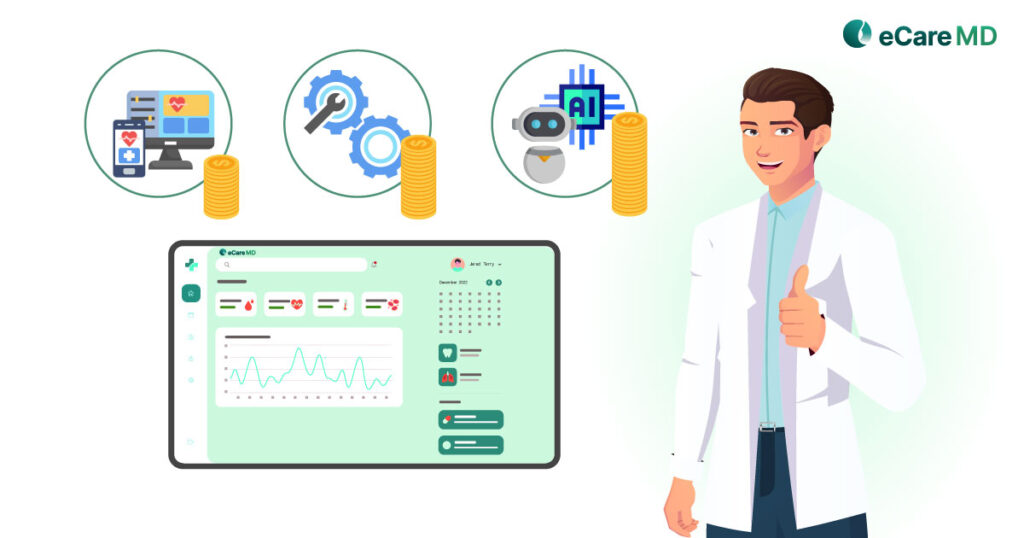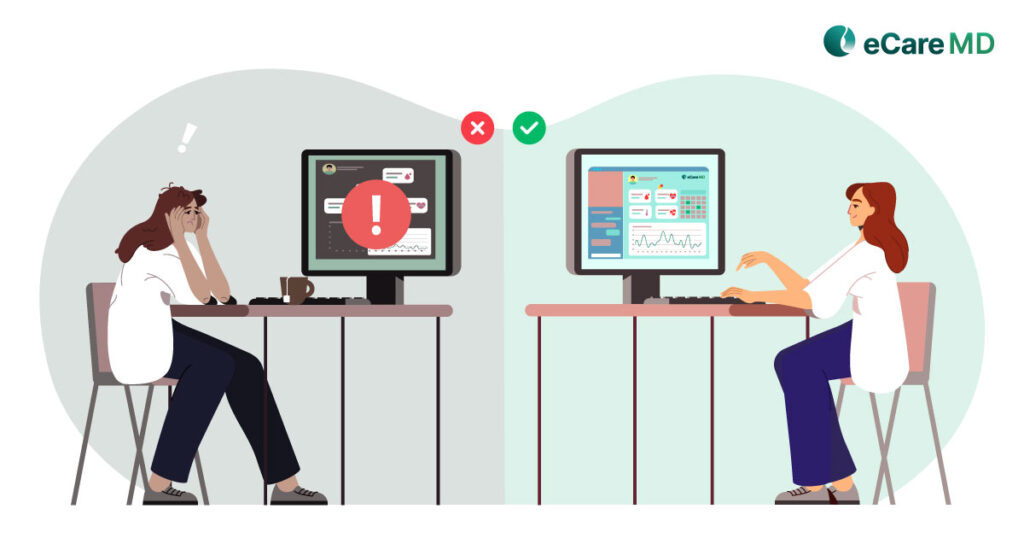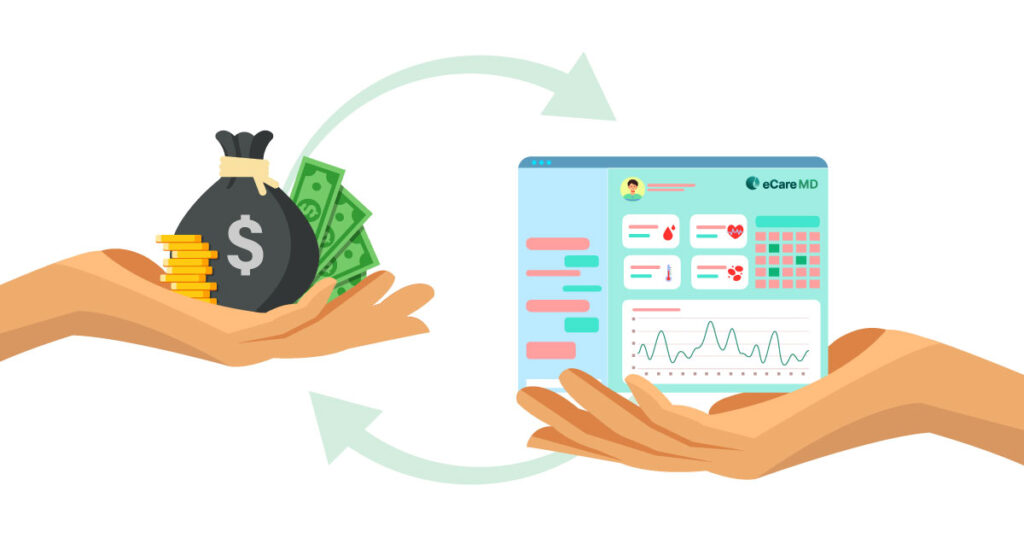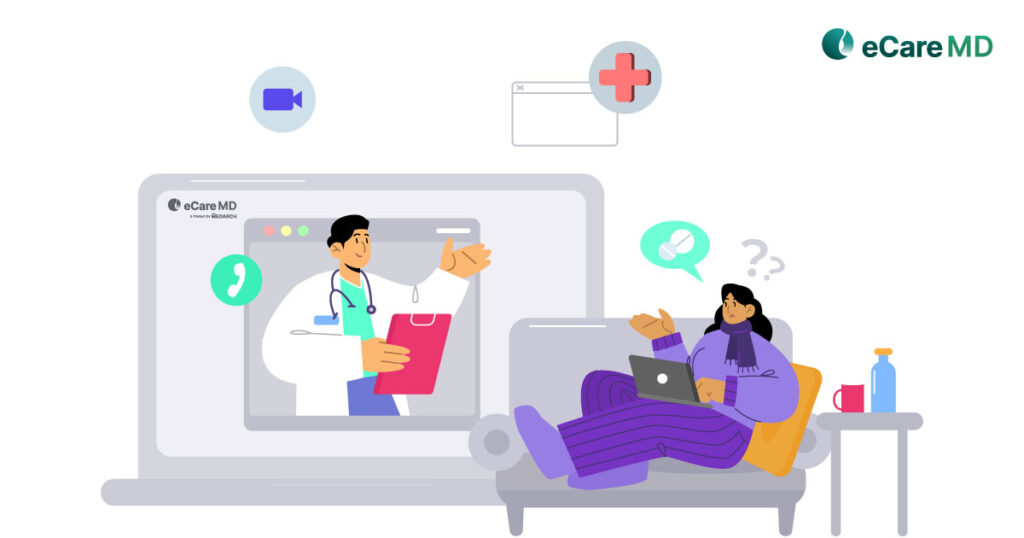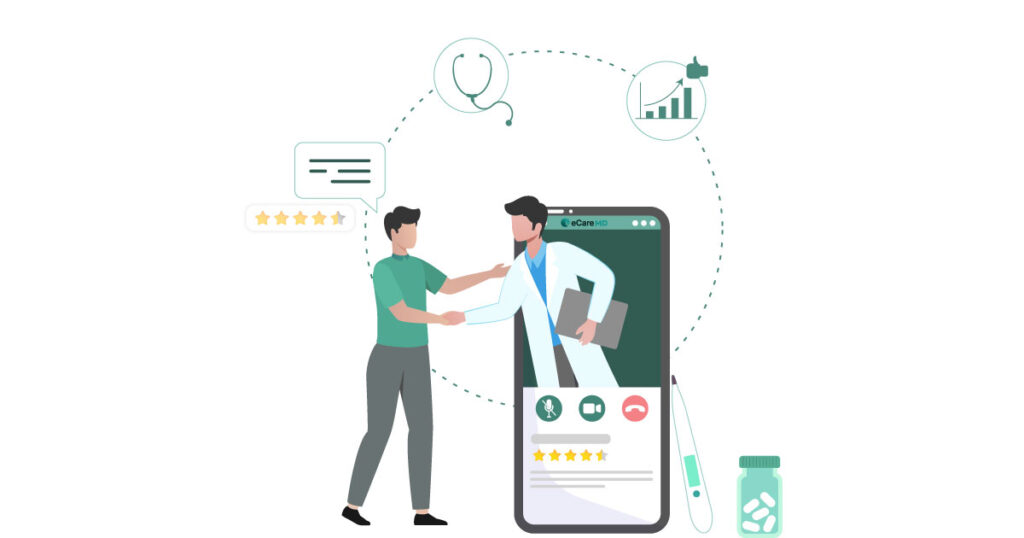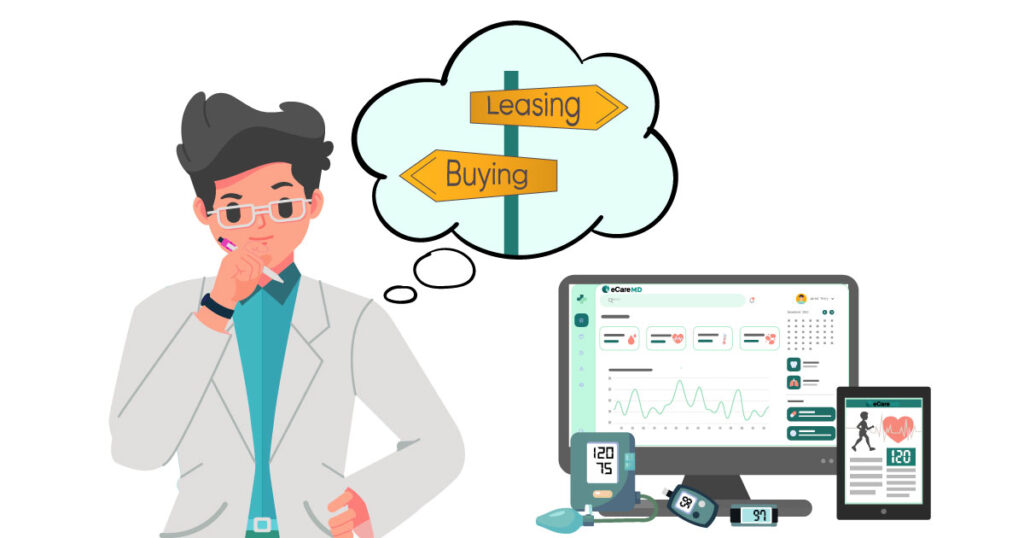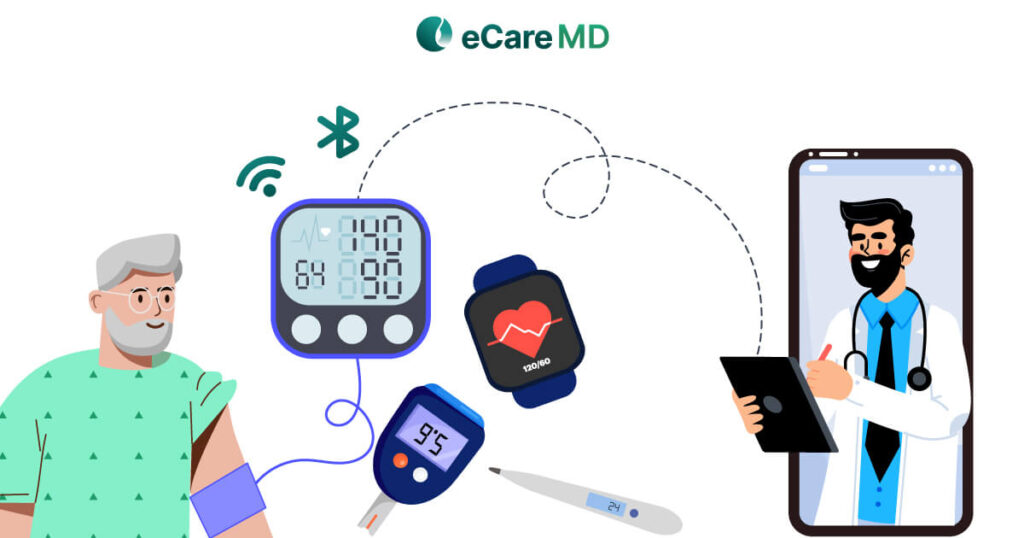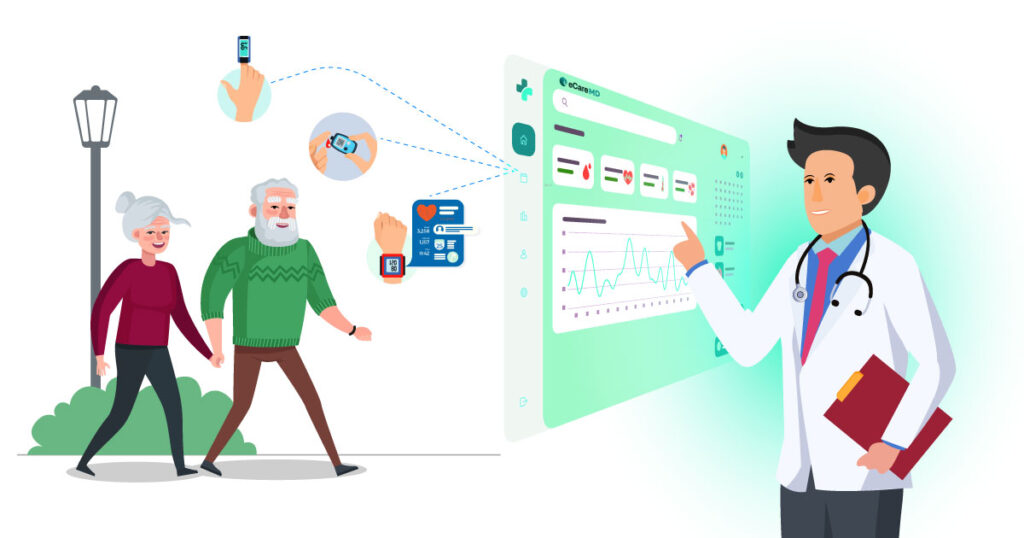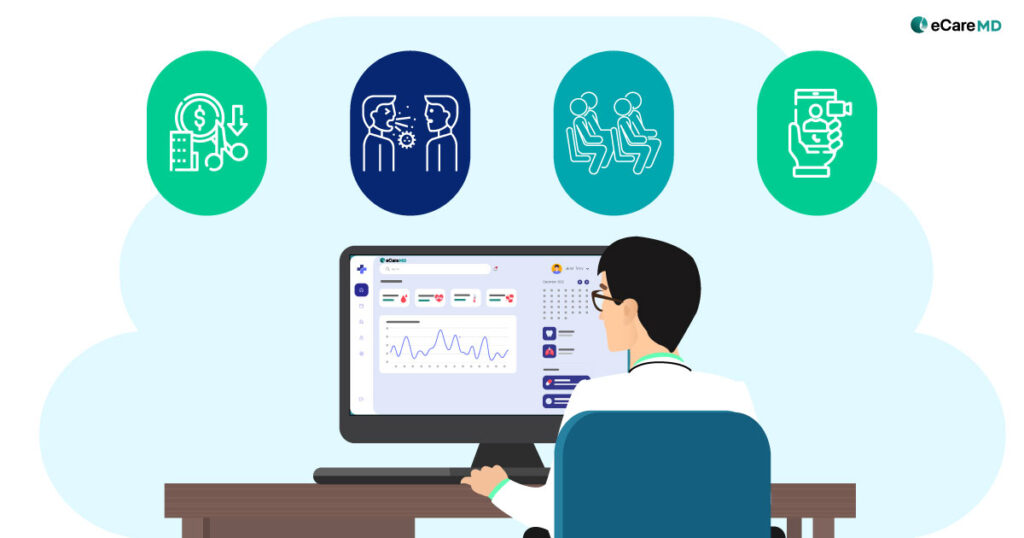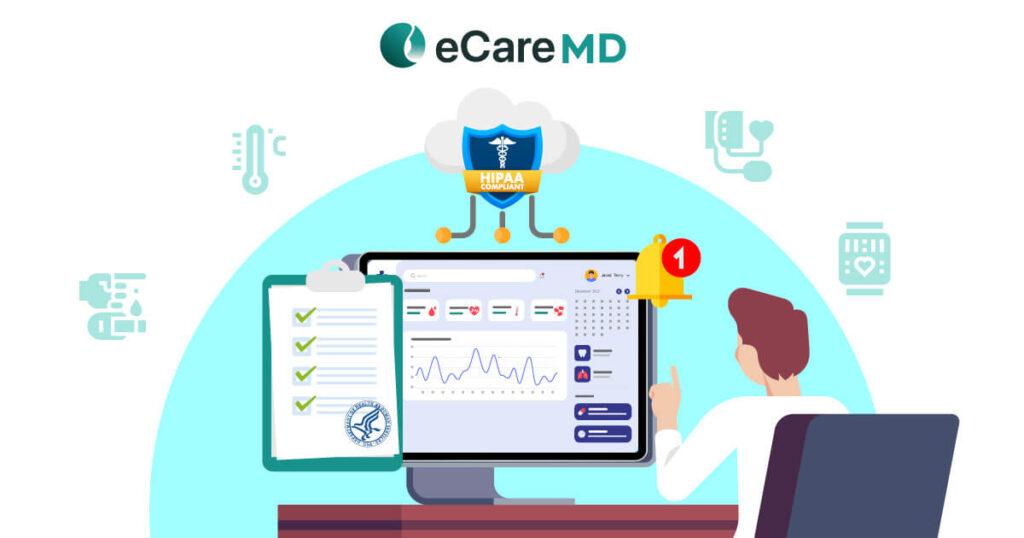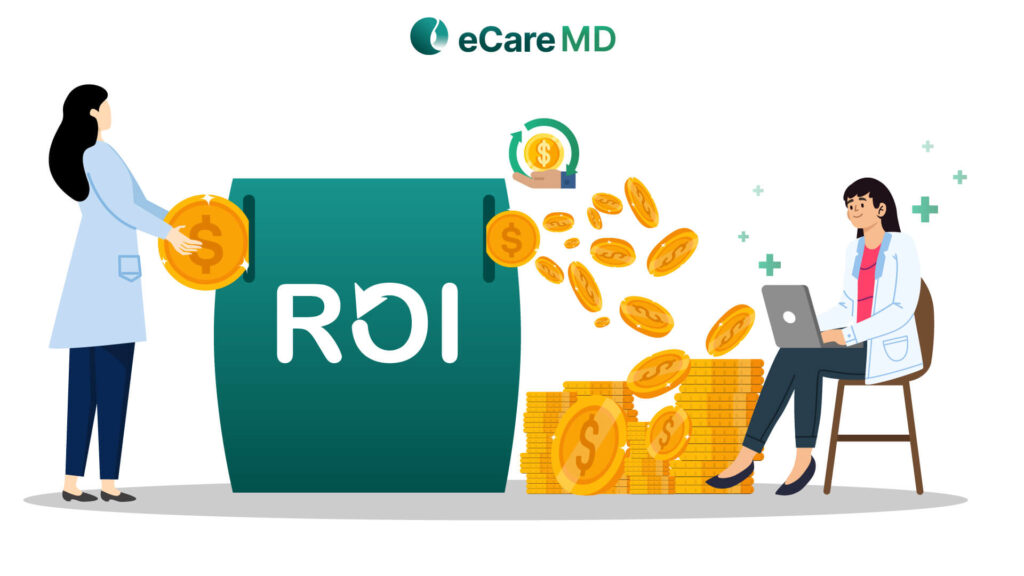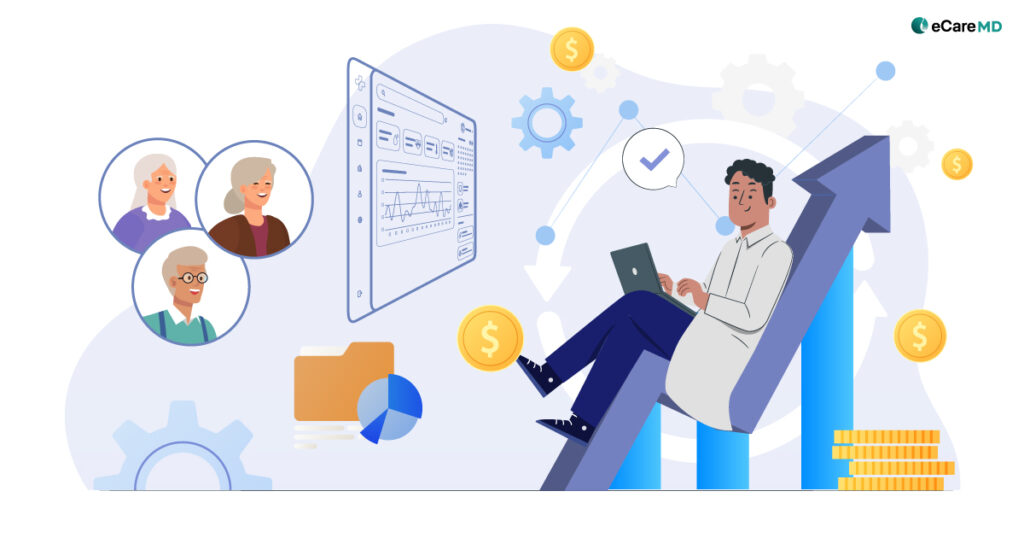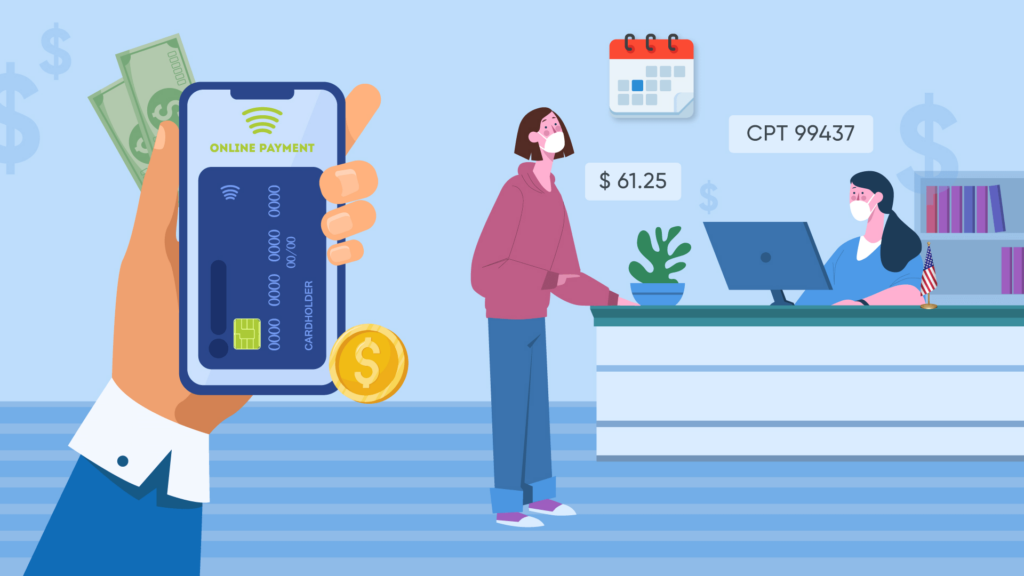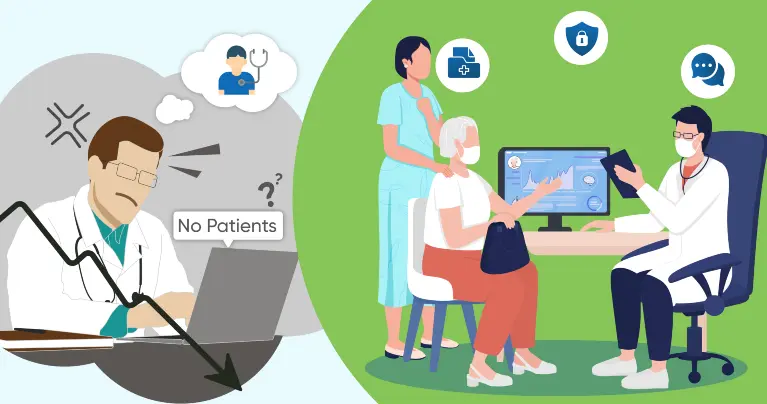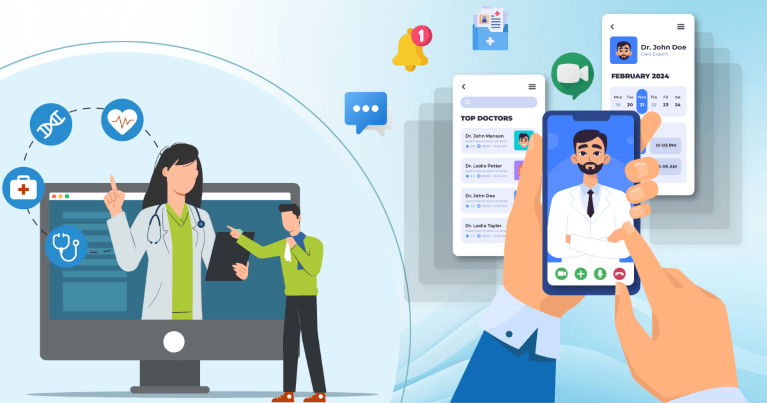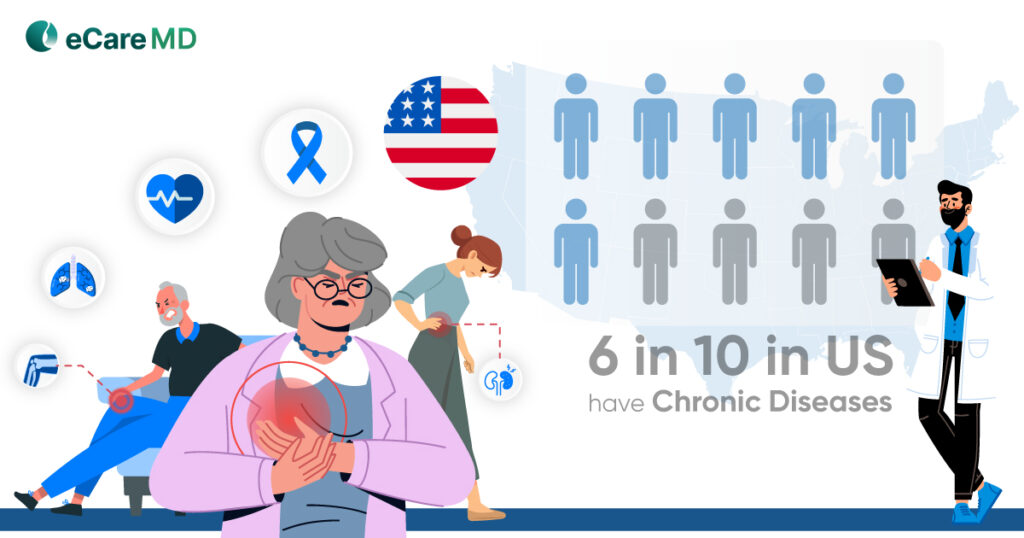If you are here, then it means, like many providers, you are being troubled by your outdated principal care management (PCM) system. And I am sure that, when you use the system most of the time, you do not find what you are looking for quickly.
In today’s rapidly evolving healthcare landscape, wasting half an hour searching for a file or completing tasks that could be done in five to ten minutes is inefficient. So, effective care management is not a luxury; it has become a necessity. However, for this to happen, the providers need the right tools that can streamline clinical workflows, enhance collaboration, and ultimately improve patient outcomes. This is where intuitive software makes all the difference.
In this blog, we’ll explore how intuitive principal care management software transforms the way healthcare teams operate, reducing frustration and improving both provider efficiency and patient outcomes. Let’s dive in.
If you ask about the most significant challenge any healthcare provider faces, then their answer will be data entries and dealing with confusing software interfaces. An intuitive principal care management system changes that exact thing by simplifying and making the interfaces easy to navigate. Moreover, one more advantage of this is that the time required to train and familiarize the staff with the software is much shorter.
Along with this, the software also brings automation, which eases a lot of administrative burdens, like data entries and manual task assigning. Additionally, the principal care management software automatically sets reminders for all the appointments and follow-ups for both providers as reminders. With this, the providers are able to focus more on providing effective care rather than tracking their every task.
Furthermore, integrated documentation and reporting eliminate redundant data entry by updating patient records in real-time. With this, there is no more duplicated data in the electronic health records, and everything is connected smoothly, leading to reduced errors and improved efficiency.
With the easy principal care management software, you can customize the workflows to suit your unique care model, ensuring a smooth operation in the healthcare organization.
One of the major challenges that stops providers from providing effective care is a lack of smooth communication and collaboration. However, user-friendly principal care management software solves this problem efficiently.
A centralized patient record further enhances collaboration by giving all authorized team members access to the latest information in one place. This saves you a lot of time that is wasted searching through multiple platforms or dealing with incomplete data.
This care coordination software makes everything from the medical history to the recent test results readily available, improving coordination and reducing errors.
Shared care plans and progress tracking keep everyone on the same page.
Moreover, every care member involved in patient care can update and review the care plans instantly, making the care continuous and making informed decisions.
For remote consultations, integrated video conferencing makes virtual care simple. Whether discussing a case with a specialist or conducting a follow-up visit, built-in telehealth tools ensure smooth, HIPAA-compliant interactions, enhancing access to care without added complexity.
If you want to increase patient involvement and keep them engaged throughout the care journey, the patient portals are essential. They provide patients with more control over their health, and they can also easily access their care plans and medical records. Moreover, contacting their providers becomes convenient as they can directly message or call them securely.
Another feature that improves patient engagement is automated reminders and notifications, which also play an important role in improving patient adherence to the care plan. They send timely reminders to the patients about their upcoming appointments and medications. This keeps them on schedule, and medication adherence is automatically taken care of.
Apart from this, it provides patients with educational resources that help them know their health condition better. With this, they are able to make the necessary changes to their lifestyle easily and more aware of their choices. The intuitive PCM software also helps them keep track of their health and log it to review later or consult with their provider.
Most of the work time of the healthcare professional goes into doing repetitive tasks such as data entry and appointment bookings. This repetition frustrates them and reduces work satisfaction, thus leading to low productivity. However, the intuitive principal care management software automates these repetitive tasks and reduces the burden on the administrative staff as well as the healthcare providers.
This saved time can be utilized to do more important tasks, such as patient care and care plan adjustments for the patients. This improves the productivity of the staff, and this also makes patient care better. Additionally, when technology works smoothly, providers spend less time navigating systems and more time engaging with patients, improving both job satisfaction and outcomes.
Along with this, strong team collaboration and communication also contribute to a positive work environment. With secure messaging, shared care plans, and centralized patient records, everyone stays on the same page. This reduces miscommunication, streamlines coordination, and fosters a culture of teamwork.
Ultimately, an intuitive design makes a significant difference in daily workflow. When a system is easy to use and supports, rather than hinders, care delivery, stress levels decrease, and job satisfaction rises. By eliminating unnecessary frustrations, intuitive software not only improves patient care but also enhances the overall well-being of the care team.
As healthcare evolves, so do the needs of care teams. An intuitive, cloud-based platform ensures that providers can access critical information anytime, anywhere, while also allowing organizations to scale effortlessly. Whether expanding services, adding new providers, or managing a growing patient population, a flexible system adapts without disruption.
Along with this, one other important thing is the customization of the software, which helps you adjust to the new emerging technologies swiftly. So, when it comes to finalizing software, choosing the one that can be customized and molded as per your requirements is the right decision.
Customization is key to meeting diverse care models. With customizable features and modules, organizations can tailor workflows, reporting, and care plans to fit their specific requirements. This adaptability ensures that the software grows with the team rather than forcing them into rigid, one-size-fits-all processes.
Apart from this, continuous improvement is essential in healthcare technology. With regular software updates and enhancements, intuitive platforms evolve based on user feedback, keeping up with industry trends and regulatory changes. This means teams always have access to the latest tools without the hassle of major system overhauls.
Seamless integration with other healthcare systems, such as EHRs and billing platforms, is crucial for efficiency. When care management software connects effortlessly with existing tools, it reduces duplicate data entry, streamlines workflows, and ensures providers have a comprehensive view of patient health, ultimately leading to better care coordination and outcomes.

